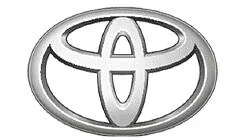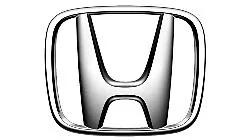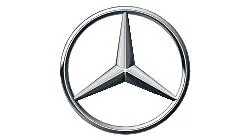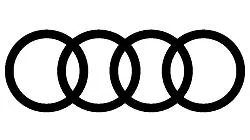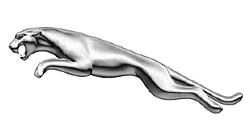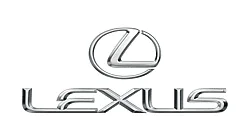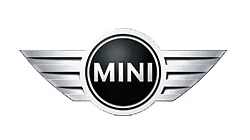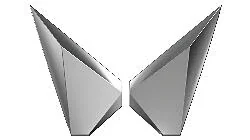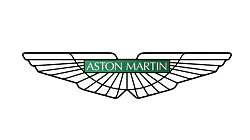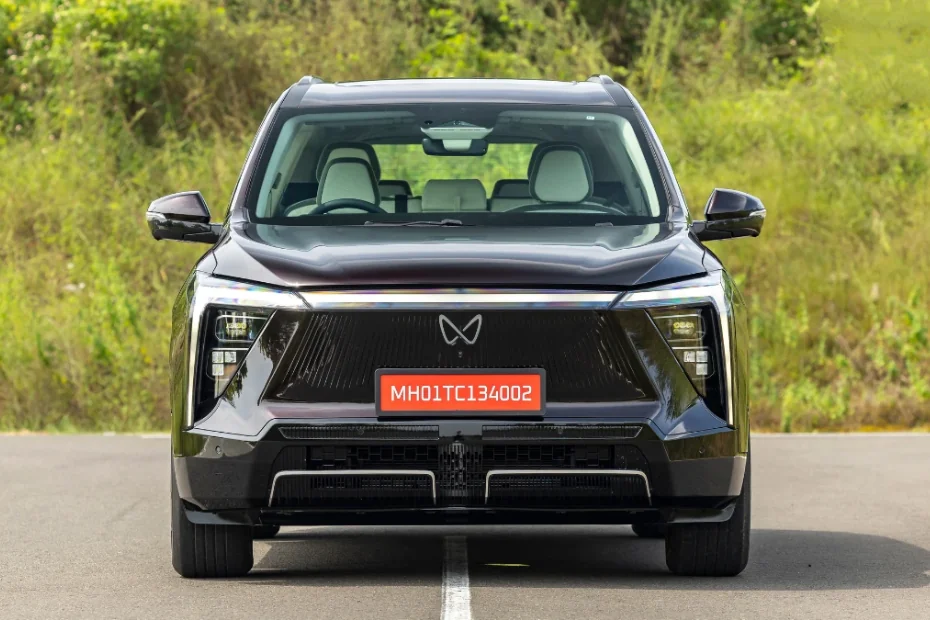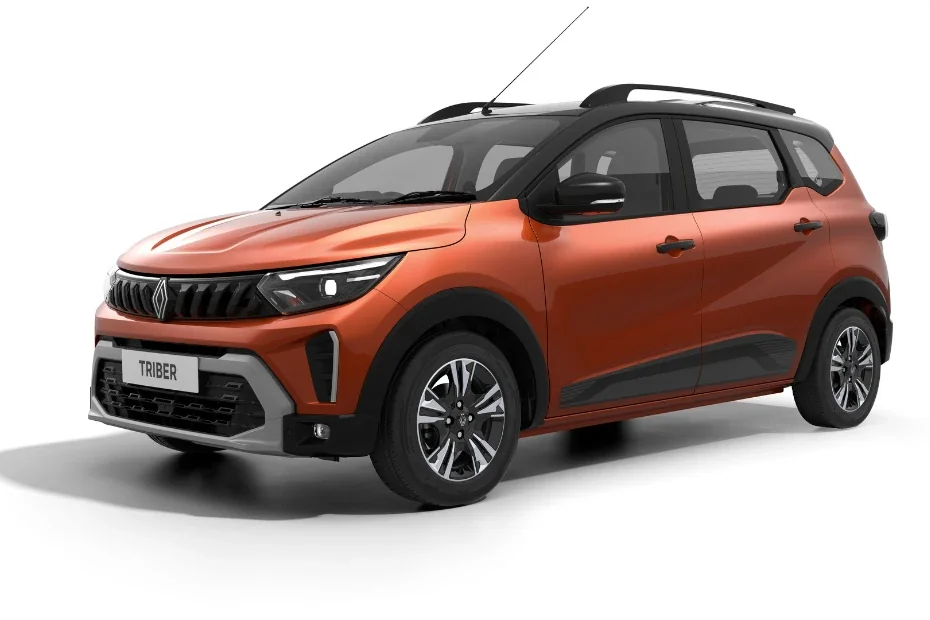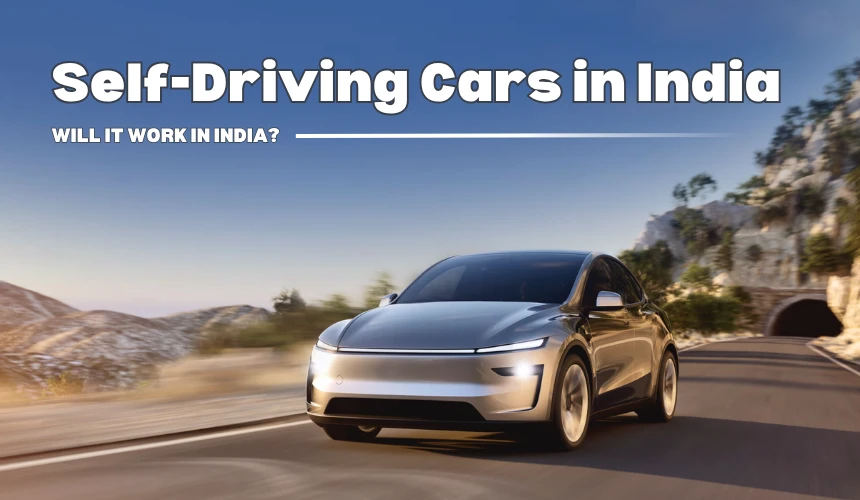
Until today, the BMW M3 and M4 have never been available with all-wheel drive. If it hadn't been for the automotive world blowing a gasket over a grille design during the M3 and M4's first introduction, the most of the concern would have been aimed toward the inclusion of an extra two driven wheels. When the M5 went all-wheel drive, it caused quite a stir, but the execution was so flawless that criticisms faded rapidly.
Of course, one reason to be happy about the presence of M3 and M4 xDrive variants is that rear-drive M3s and M4s will continue to exist. Another bonus added by BMW is the ability to entirely lock power to only the rear wheels, as it did with the M5. In this two-wheel drive mode, you're forced to forego stability control, but it's better to have it than no two-wheel drive at all. The xDrive all-wheel-drive system is only available on higher-powered Competition vehicles equipped with the 3.0-liter twin-turbo inline-six producing 503 horsepower and 479 pound-feet of torque, which also means it's only available with the eight-speed automatic transmission. There will be no all-wheel-drive manual M3s or M4s.
The system is rear-biased, and power is exclusively transmitted to the back wheels under typical conditions. BMW says power will be pushed forward when more traction is needed, and based on our slip-and-slide initial drives of the M3 and M4, we knew the system would "demand" torque to be sent up front frequently.
An electronically controlled multi-plate clutch transfers power between the front and rear axles, while the rear axle uses BMW's Active M differential to transfer torque between the rear two wheels. BMW employs a transfer case with an integrated traction control unit capable of reacting in real time to rotational speed disparities between the front and rear wheels for front-wheel control. BMW claims that this technique outperforms everything that goes via a central stability control computer and allows the automobile to be more predictable and steady when driving.
In terms of price, the xDrive vehicles are, predictably, more expensive than their rear-drive counterparts. The 4 to 5 Lakh upcharge applies to both the M3 and M4 xDrive versions, bringing the final price for the M3 Competition xDrive to and the M4 Competition xDrive to nearly 75 Lakhs. That's a lot of money, but it's on par with its only other all-wheel-drive rival, the Audi RS 5. Between the two, the M3 or M4 are unquestionably the best to drive. In terms of design, we'll let you make your own decision.
At their best, the all-wheel-drive M3 and M4 make the edgy M car a more approachable and approachable performance vehicle. It would be ideal if you could switch to rear-drive mode while keeping stability control active, but going without the electronic aids makes the M3 and M4 far less approachable performance cars. Because of this shortcoming, as well as the nearly 4 lakhs price increase, we prefer the rear-drive M3 and M4. Unless, of course, you want to use the car as a daily driver in a snowy area, or if you want the added security blanket of all-wheel drive on a racing track. Having the option of all-wheel drive is nothing to be concerned about, no matter which route you take.
About Author
Car Lelo was launched with a vision of making the car buying effortless and was designed keeping in mind all the ifs and buts that overshadow the car buying experience. We at Car Lelo strongly believe; buying a car is a unique escapade that does not happen every day. We strongly put in our efforts to deliver an overall bespoke experience to our customers. We bring it all together on a single platform, starting from choosing your car online to selecting colours, variants, and the paperwork. With our remarkably easy user experience, we aim to drive transparency throughout the purchase process. We at Car Lelo offer deals on cars and offer the highest satisfaction after the car is delivered. Car Lelo aims to cut out on the daily hassle and bring ease to your fingertips.
Top Car Brands in India
Top Car Brands in India
Trending Car News in India
Trending Cars in India
Trusted Dealer
All Over India
Irresistible Offers
Stay Updated, Pay Less
Compare Cars
Choose the Right Car
Easy Finance
Multiple Finance Options

Monday - Saturday
10:00am - 6:30pm
+91 7947722777, +91 7479000444, +91 9311718549
contact@carlelo.com









